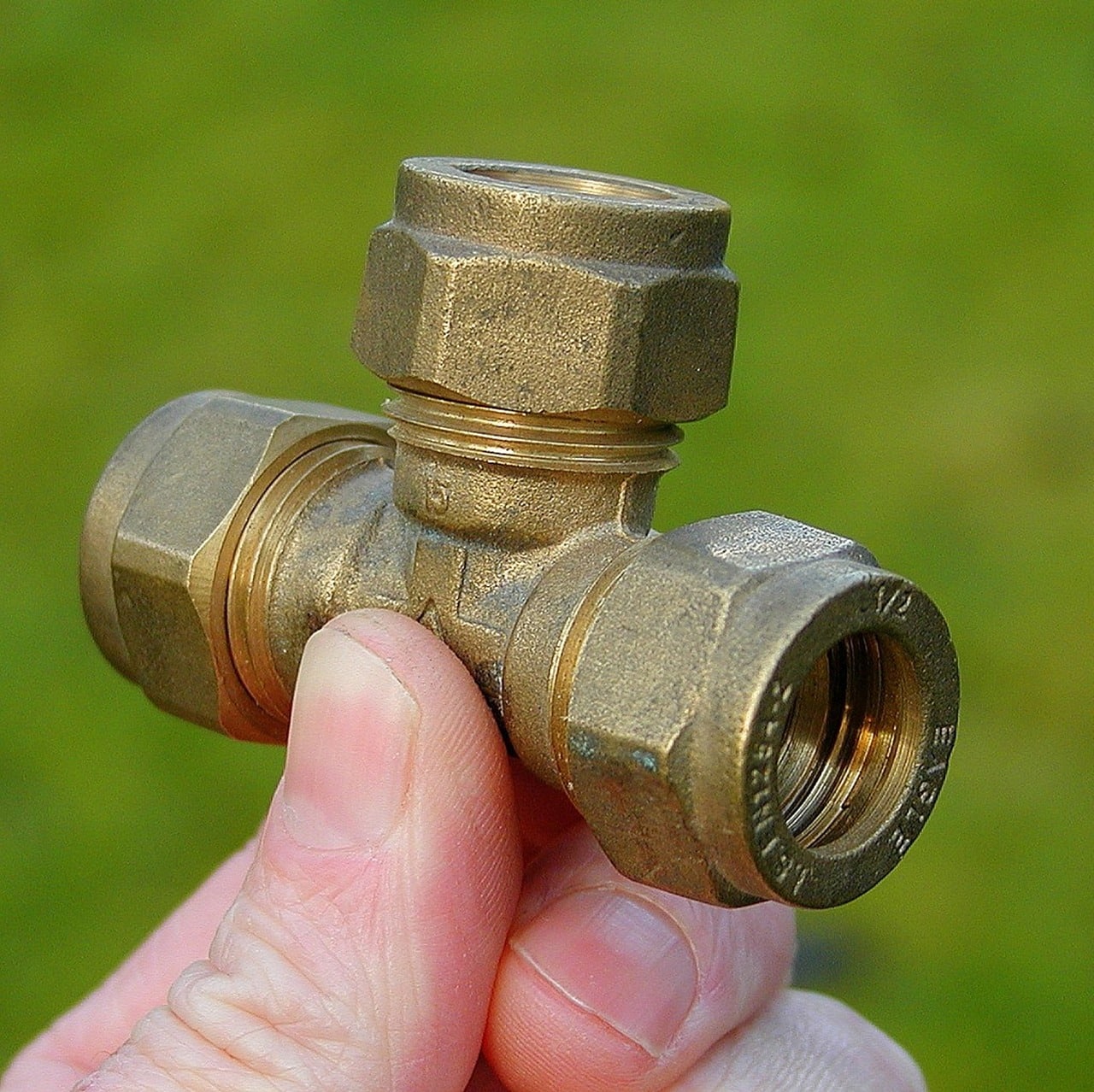
Compression fittings connect two tubes or thin-walled pipes together in either plumbing or electrical conduit systems. They are most commonly used in the chemical, oil and gas, bio-tech, semiconductor and R&D industries. The fittings can often be used to connect together pipes that are not made of the same material. When this occurs, the fitting will generally be comprised of one or more compatible materials, in order to make the connection work properly.
There are two different types of compression fittings that are traditionally used, the standard, and the flare. Both can be used for hot and cold water faucets as well as in toilets. Standards are most commonly used for water and compressed air connections, while flares are mostly found in gas and high pressure lines. Another major difference between the two is that while standard fittings do not require any modifications for use, the flare fitting must be modified using a special tool, making them more difficult to use.
Most compression fittings have both an outer nut and an inner ring, generally comprised of brass or copper. The inner ring, or ferrule is fitted over the piping so that when the outer nut is tightened, it presses the inner ring against the piping, clamping them together and sealing them properly, leaving no accidental space, and creating a tight joint. However, larger compression fittings work differently. Instead of a single nut to motivate compression, there is a flange, with a ring of bolts that all must be evenly tightened in order to lock into place properly. The nut must be tightened properly, in order to ensure its effectiveness, a nut that is too tight may compromise the fitting and result in leakage.
Compression fitting have both advantages and disadvantages, however their advantages far outweigh any disadvantages. Compression fittings are not as sturdy and strong as soldered fittings and are not as easily bent or as flexible. They are also bulkier, however, they are also much easier to use. They do not require soldering, and even non-professionals can use them without special tools or skills. They can also be used at higher pressures and with toxic gasses. They are a preferential choice when a situation occurs that prohibits use of a soldering torch or any heat source, since heat is not needed to install them, or in situations where pipes are still partially filled with water that is difficult to remove.
On the whole, while there are disadvantages to using compression fitting as opposed to soldered or other fittings, compression fittings can be the tool of choice in certain situations.

